While planing my journey to Peru I knew, that I cant explore all of it: the North and the Pasific coastal are with beautiful beaches and pre-Inca sites, the tropical Amazon Basin with its enormous diverse wildlife and indigenous communities, and ultimately the southern highlands with alluring Andean peaks and Inca cultural epicenter. I had a bit more than three weeks of time to reach Bolivia and was going to move overland only. So after landing in Lima I headed accordingly south exploring Arequipa, Cusco and Titicaca Lake on my way.
Day 26-28:07-09 January 2016
Lima
Landed in Lima international Airport, the flight was ok, all fine, took a cab to my hostel in Miraflores. My first impression of Lima was… indifferent. I kept watching the endless hotchpotch of bad architecture, poor of quality and aesthetics (except of the beautiful Plaza de Armas in colonial style, the main square of all colonial towns in South America). All that left me very uninspired for exploration. I knew, that the largest city of Peru, hosting the third of the countrie’s population (about 10 million), has definitely a lot to offer, but I had no huge plans or expectations – Lima was just a steppingstone to me. Nevertheless, I spent two days there, which I ended up enjoying very much. I learned a lot here and with the time Lima started being even charming.
Lima is not one of those cities, where you find things easily. It is decentralised, its pearls are spread and hidden in different parts of the city, which can be explored if you have time, patience, or someone to guide you. Since I had very limited time, I focused on the ancient cultures living here before. The first thing, that pops up in our mind when we talk about Peru, are Incas, which were reigning in Andes for just 150 years before the Spanish conquest began. However there were over 20 other civilisations living in this area for over 10.000 years. I didn’t knew much of them before I visited the Museo Larco, the best place to become an overview over the ancient pre-columbian cultures in Peru.
Museo Larco
Larco musem is a privately owned museum founded by the Larco family – the founders of the first museum in Lima. Rafael Larco Herrera managed to collect (sometime around 1920s) over 15000 pieces of pre-columbian art including pottery, textiles, mummies (yes, there are mummies in Peru), jewellery, etc. The rich collection of pottery helped them to study and classify the pre-columbian cultures in Peru of past 4000 years: Huaca, Huari, Mochicha, Chanca, Chimu, Paracas, Lima, Nazcas, Inca – just to name a few.
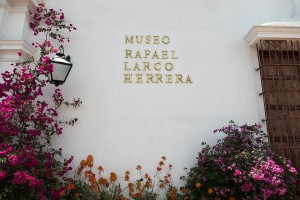
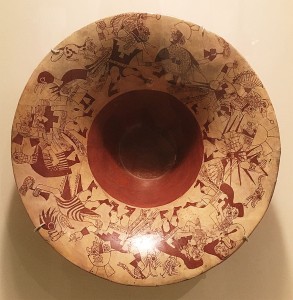
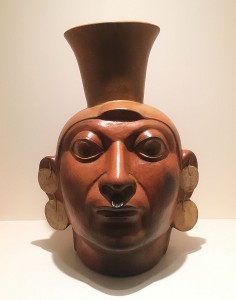
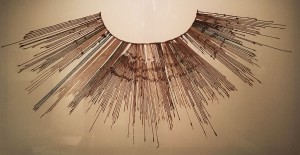
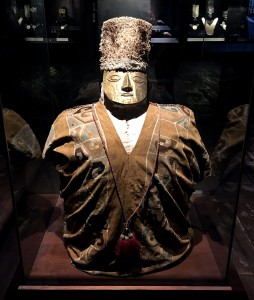
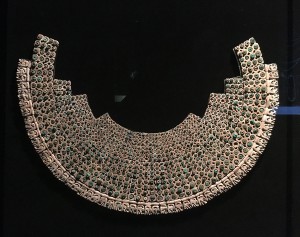
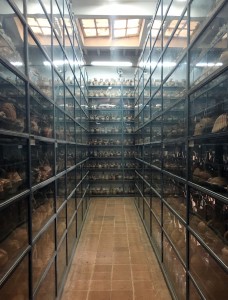
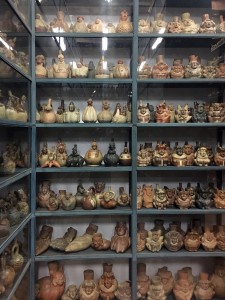
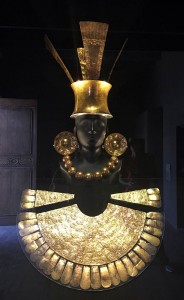
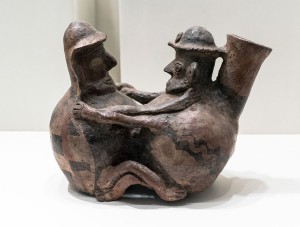
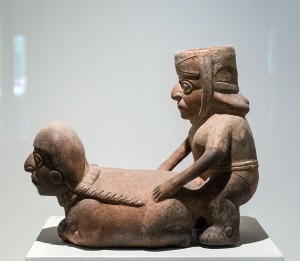
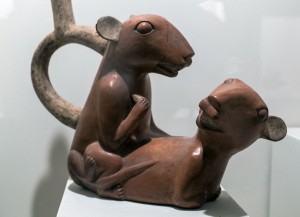
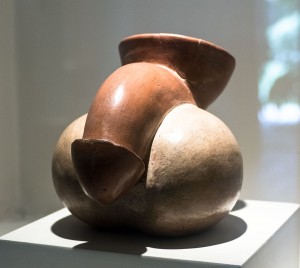
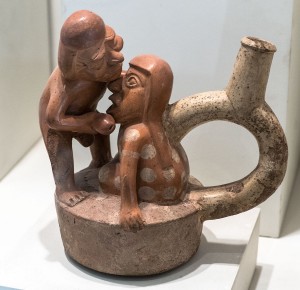
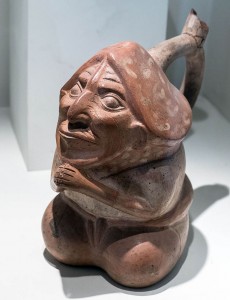
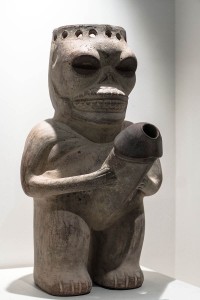
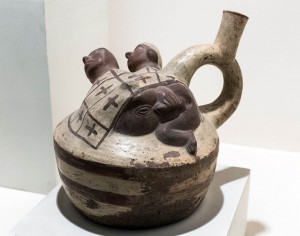
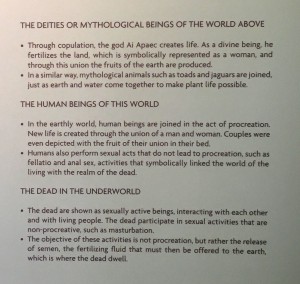
Pre-Columbian Erotic Pottery
Sexual representation in pre-Columbian Peruvian art, particularly the erotic pottery of Moche civilisation, is associated with fertility rites, sacrifice ceremonies and ancestors worshipping. Most of the items are free-standing three-dimensional figures on top or as part of the vessel. I just happen to make a shot of the explanation in the museum 🙂
Lima Civilization
By the way, Lima is the home of Lima Civilisation living here 2000 years ago. There were doing fishing, agriculture and a humongous amount of clay bricks to build huge pyramids to worship their gods. All handmade, almost no tools were used for this. They didn’t have a writing system, so it is unknown, how they called themselves. They are called Lima Civilization, because the pyramids were found in Lima (now in the middle of Miraflores neighbourhood).
Day 29-34:10-15 January 2016
Arequipa
I loved Arequipa most of all Peruvian cities I visited. It the second largest city in Peru with fine colonial architecture and laid-back urban atmosphere – the historic center of Arequipa is a UNESCO World Heritage Site. Somehow they managed to integrate the huge touristic offering into the city landscape in such an intelligent way, that it doesn’t feel overcrowded by tourist despite the huge amount of the visitors wishing to enjoy the fantastic and unique outdoor repertoire of Arequipa. Everything is superlative here: the deepest canyons of the world, the coastal desert of most surreal beauty, and of course the mind-blowing altiplano (highlands) with majestic volcanoes of 6000m and higher.
For me Arequipa is much more than that. It is just such a great city to enjoy: finest gastronomy, elegant shops, rich cultural offering and daily pink sunsets – unbelievable beautiful light, which can be probably explained by the altitude (over 2300m) and the dry climate.
The Santa Catalina Convent
This is a Monastery of Domenican Order and was one of the most prestigious institutes in Christian world back in 16th-19th Centuries. According the tradition of the time the second child of the family should enter life of service in Church. The wealthiest families of Spain had to pay huge dowry at their daughter’s admission to the monastery, as well as lifelong upkeep for her to pray for the whole family. The novices entered the monastery as young teenagers never left the monastery walls and were not allowed to have any contact to the external world. The monastery is like a little town (about 200.00 sqm) with its own streets within Arequipa. It is famous for its vividly painted blue and red walls.
There were around 450 people living in Santa Catalina Convent in the past, about 200 nuns and their servants. The monastery hosts in nowadays about 20 nuns, who, despite the several reforms of Vatican, still live an isolated life. The visitors of the monastery are allowed to enter it only after 9am, when the nuns return to their chambers after their morning pray.
Day 35-42:16-23 January 2016
Cusco
Cusco is another Unesco World Heritage site in the south of Peru. It was in 13-16th C. the capital of the Inca Empire, now it is the getaway to Machu Picchu and the Sacred Valley, and is considered to be the archaeological capital city of South America – over 2 million visitors come yearly to visit Machu Picchu.
They say, that the city is planed in shape of the sacred animal Puma, I personally needed a bit of time and imagination to see that. Cusco admired spaniards (arrived there in 1533) with the beauty of its buildings and amazing stonework excelling that of spaniards, which was consequently and almost completely destroyed and reused by the invaders to build the new colonial Cusco – the center of colonisation and spread of Christianity of the Andean world. The Inca walls still can be seen in the base of many buildings.
The modern Cusco
Although there is not much left from Inca Cusco, the historical center is still stunning beautiful and shows perfectly the significance of the city for Spanish rulers. Cusco invites for strolling with its numerous churches and plazas, nice little parks pupping up now and then, gorgeous colonial buildings hidden behind small portals, artisanal shops and markets (especially in Barrio de San Blas), and of course beautiful bars and restaurants offering excellent food. All these beauty is unfortunately suffering the enormous presence of tourism. Let me put it this way: Cusco is touristy as hell. The whole downtown is used for tourism only, every single inch of it.
Luckily had a cosy little hotel a bit offside the main plazas close to the San Pedro market. It was a quiet street with local stores only – embroidery shops one after another (apparently there is high demand on costumes & co. there). The city center (and my spanish school) was just 5-10 minutes by walk, the market was right around the corner, where I could buy daily fresh fruits, all was perfect to me. Once I went walking in random direction, where I faced the less glossy Cusco…
Acclimatisation
The topic of acclimatisation touches everyone traveling to Cusco, as the city is located above the elevation of 3400m. The ones arrived here by plane should take certain precautions to avoid altitude sickness. I didn’t have that problem since I traveled by bus all the way from Lima to Arequipa (2000+), and then again by bus to Cusco. Thus my body had enough time to get used to the oxygen shortage. However now and then I needed to ease the pace climbing the narrow streets of Cusco, especially climbing the hill to Saqsayhuaman.
Saqsayhuaman
The absolute monumental example the Inka stonework is the Saqsayhuaman Citadel located on the northern outskirts of the city (also added to the UNESCO World Heritage List). The walls are built of huge boulders cut in a special way, so that they fit tightly together without the usage of any “glueing” material.
Francisco Pizarro, Spanish conquistador who conquered the Inca Empire, reported
“…they were so close together, and so well fitted, that the point of a pin could not have been inserted in one of the joints.”
Eating like a god in Peru
No matter how much I loved the peruvian cuisine, the street food didn’t appeal to me at all, for whatever reason I didn’t felt secure eating it. I always had some nuts and dried fruits with me, perfect source of energy. Other than in Germany I ate a lot of fresh fruits in Peru, they were available on every corner and absolutely delicious. My personal favourites were chirimoya – very unusual taste, can’t really describe it, and very nutritious, and tuna, the cactus fruit – sweet and very juicy. With such a diet I could easily skip the lunch when I was out somewhere in afternoons and focus on dinner back in town, where I had an excellent choice of restaurants.
My Culinary Highlights
Restaurants of Gaston Acurio: there are few of them in Peru and even in some other cities in South America. I’ve been in the ones of Lima, Arequipa and Cusco and always found mind-blowing food of highest quality covering the range from classical peruvian ceviche to creative alpaca burger. They are bit on pricier side (compared the prices in Peru), but still very affordable from european perspective and absolutely worth (never paid more than 15EUR for a dinner)
Ceviche: a cold dish made of Fish and sea food, a lot of lime juice, spices and fresh onions
Queso helado Ariquipeño: “Cheese Ice” translated, the traditional ice cream in Arequipa. No worries, it’s not made of cheese, but of milk and served with cinnamon. Look for women in traditional clothes selling this delicious and refreshing treat.
Papaya Ariquipeña – another specialty from Arequipa, this fruit is very different from the regular papaya you know, it tastes much fruitier and fresher, very aromatic, something between melon and pineapple.
Chicha Morada: Blue corn juice is very yummy and absolutely healthy. It is available also in slightly fermented version, like a beer.
Artisanal Beer: I had some fantastic stuff in Peru, there are quite cool brands producing craft beers, not cheap but positively surprised!
Alpaca meat: is very common in Peru, like beef or any other meat. It is again very healthy (low fat, low cholesterol) and reminded me veal.
Quinoa: perhaps the healthiest of all grains, it is a very important ingredient in peruvian cuisine and is used in various variations: omlets, salads, side dishes, soups, lets. My favourite one is qionotto: kind of a quinoa risotto, that was so delicious!
Cuy: eating guinea pig in Peru is very common, but a bit polarising for foreigners. Many people as well as me have problems with “al forno” version, when the animal is prepared in one peace including its head. Looks really strange and absolutely not appealing. However I tried its fillet once, and it was very light and delicious, tasting definitely better than chicken. Perhaps because of the skilful chefs of Acurio school.
Pisco Sour: you can’t visit Peru and miss their national drink. Although I avoid drinking heavy alcohol while traveling, I had to do some exceptions here.
Some practical information
Traveling with buses across Peru
I’ve spent 30 hours in night buses and traveled over 3000km from Lima to the Bolivian border. Based on my personal experience I can say it was economic, safe and very comfortable – I had best possible night sleep! I used mostly the ExcluCIVA buses, apparently the most expensive ones on the market, but also with the most exclusive service, with good air conditioning on board and best possible cleanness. They even served hot meal like in airplane 🙂 I cant tell you if it was tasty or not, I had my own snacks. Looking back (currently including the travel experience of Mexico, Guatemala, Bolivia and Chile) the best buses to me were in Peru. Thumbs up!
Lima – Arequipa 17 Hours, 1015 km, 44 USD
Arequipa – Cusco 11 Hours 500 km, 30 USD
Cusco – Puno 7 hours – 400 km, 15EUR
Accommodation
I had an awful hostel experience in Lima, after which I hated the idea of living in a hostel again. By this time I got totally bored of default traveler talks “ Where are you from? What is you next destination? How long have you been traveling or are you going to travel?” I said “Enough!!” to myself and booked single roomy in little hotels. For less than 20 USD I always got a quiet, comfortable and clean place to stay. Perfect!
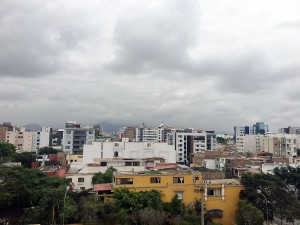
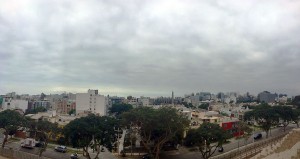
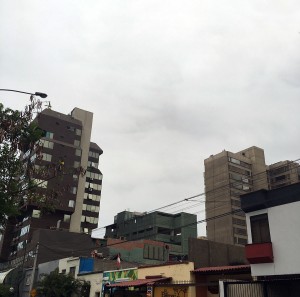

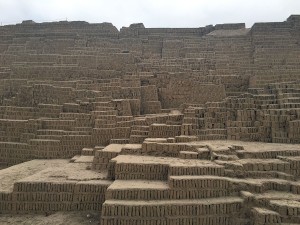
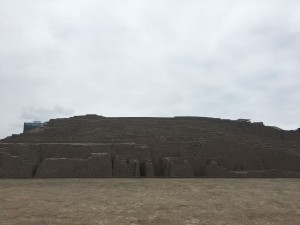
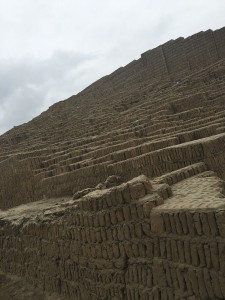
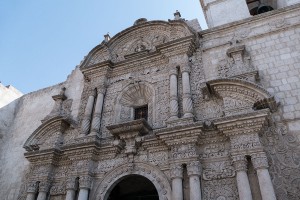
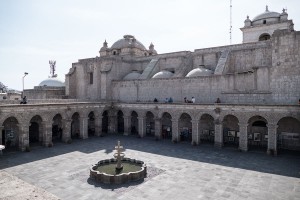
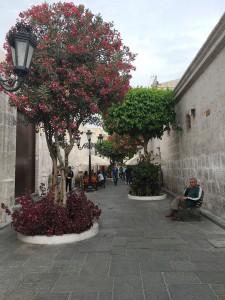

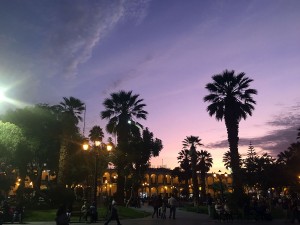
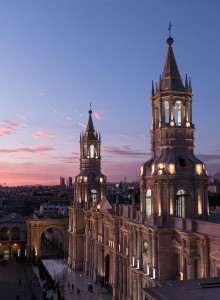
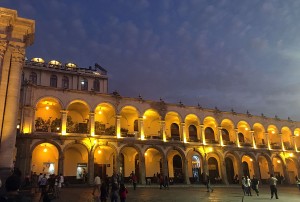
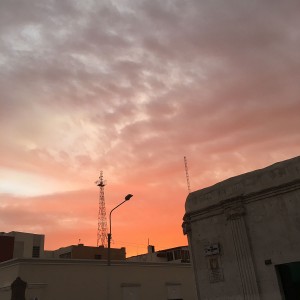
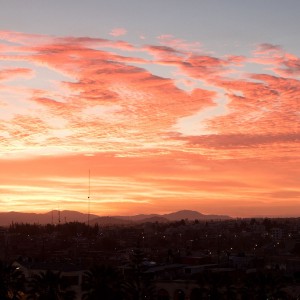
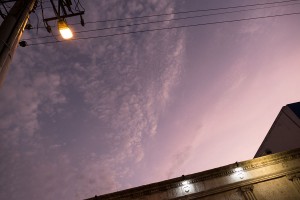
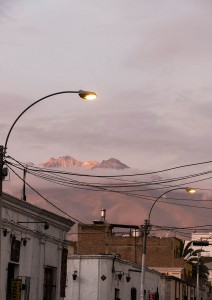
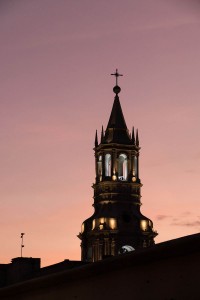
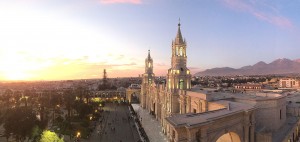
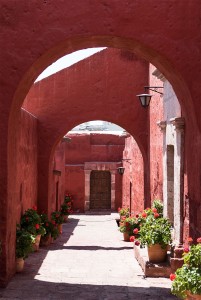
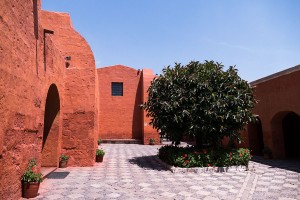
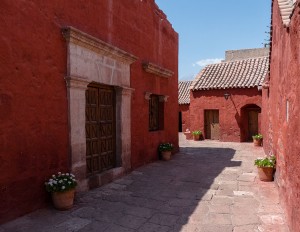
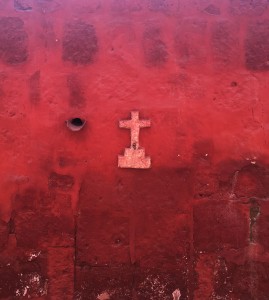
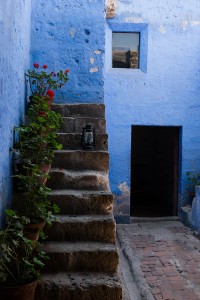
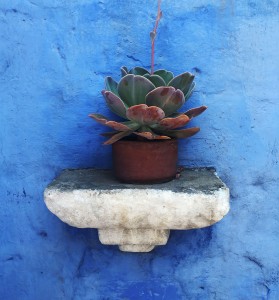
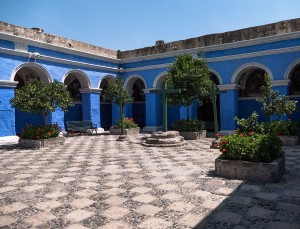
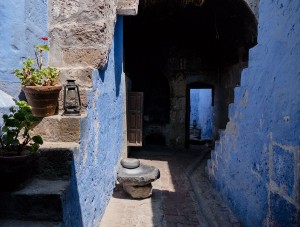
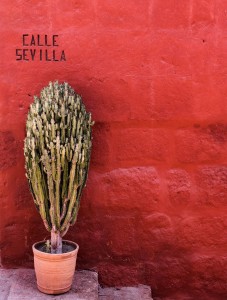
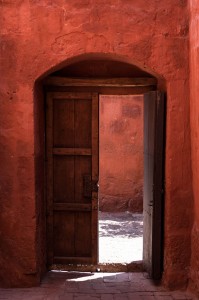
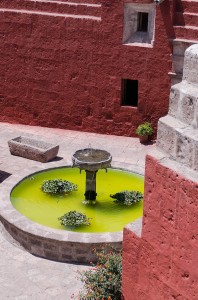

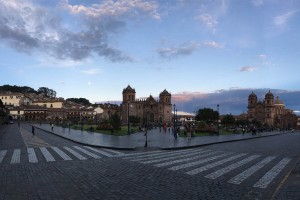
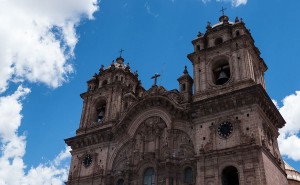
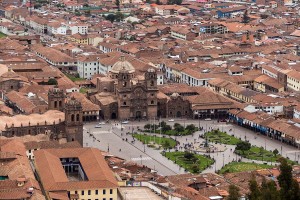
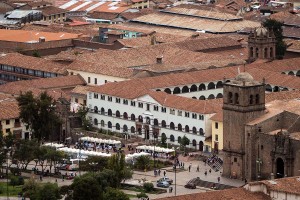
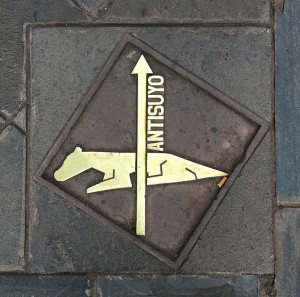
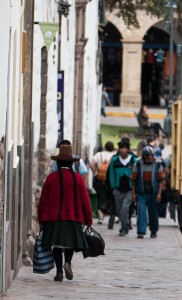
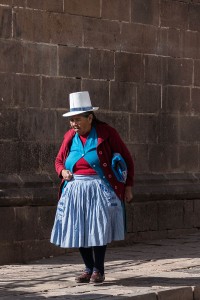
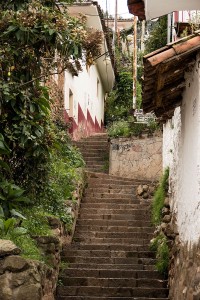
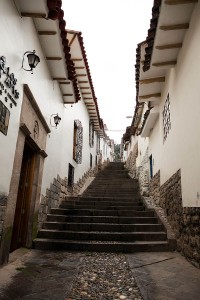
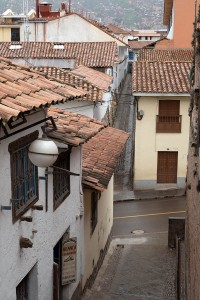
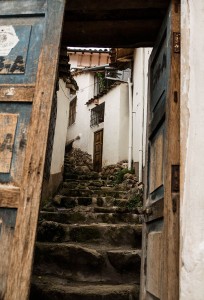
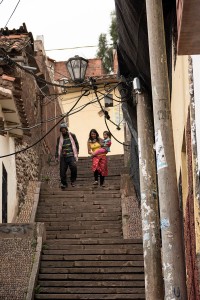
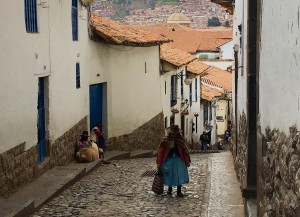
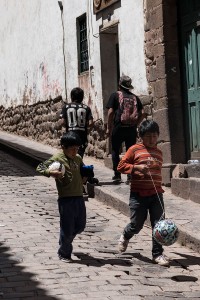
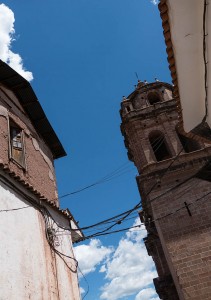
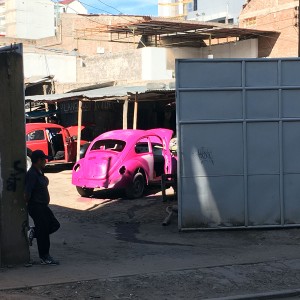
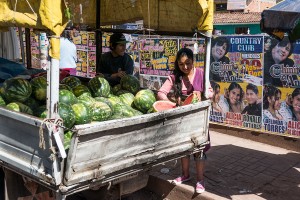
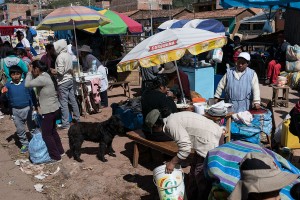
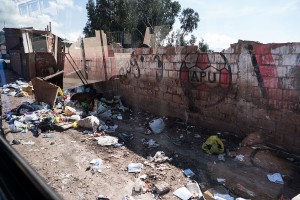
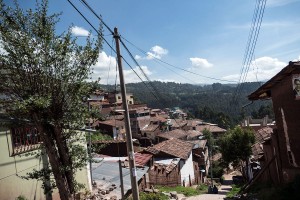
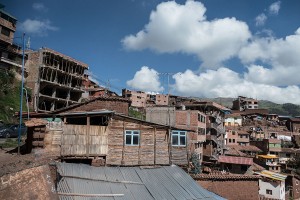
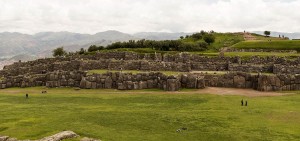
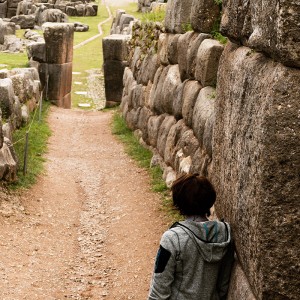
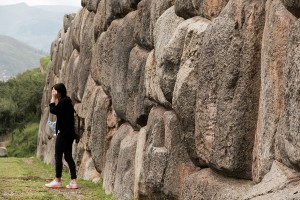
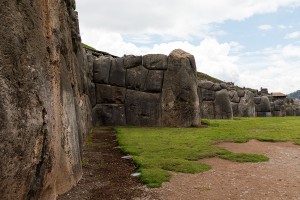
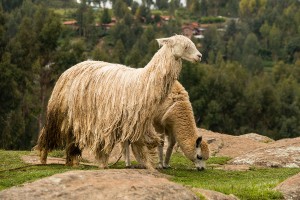
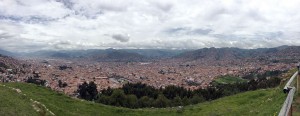
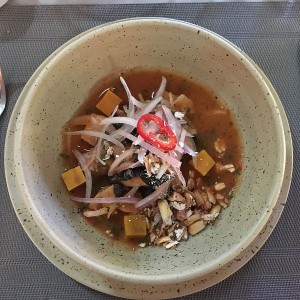
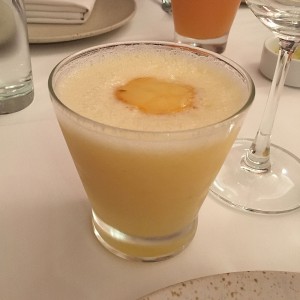
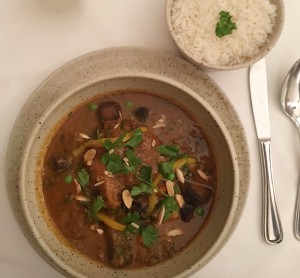
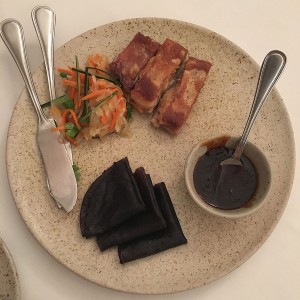
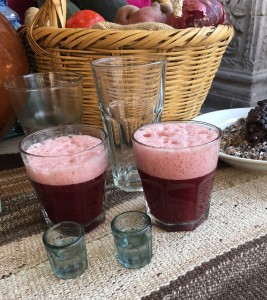
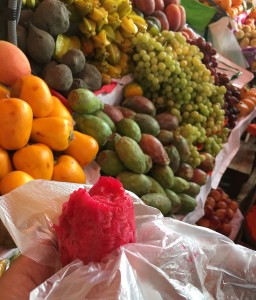
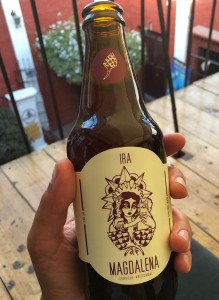
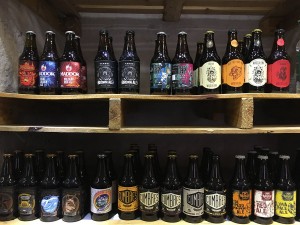
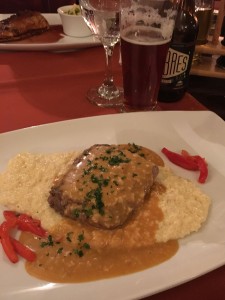
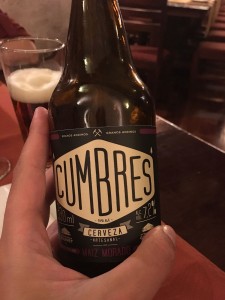
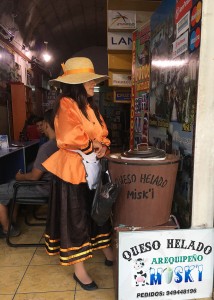
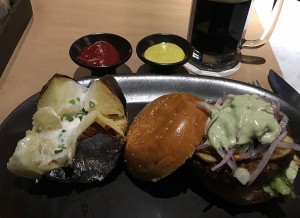
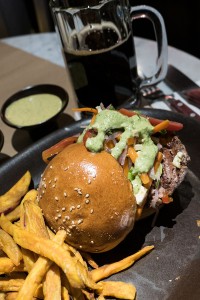
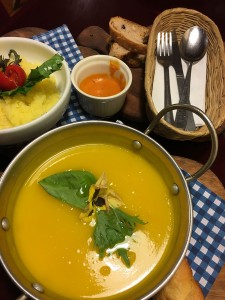
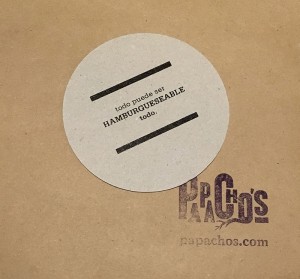
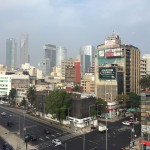
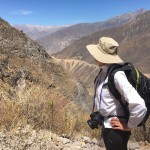
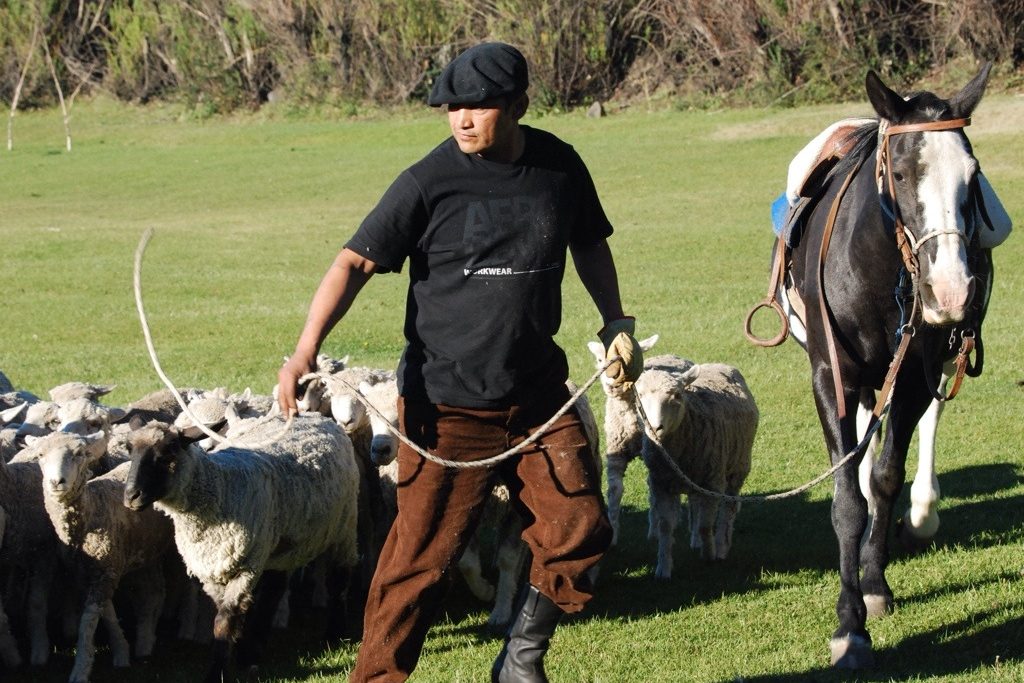
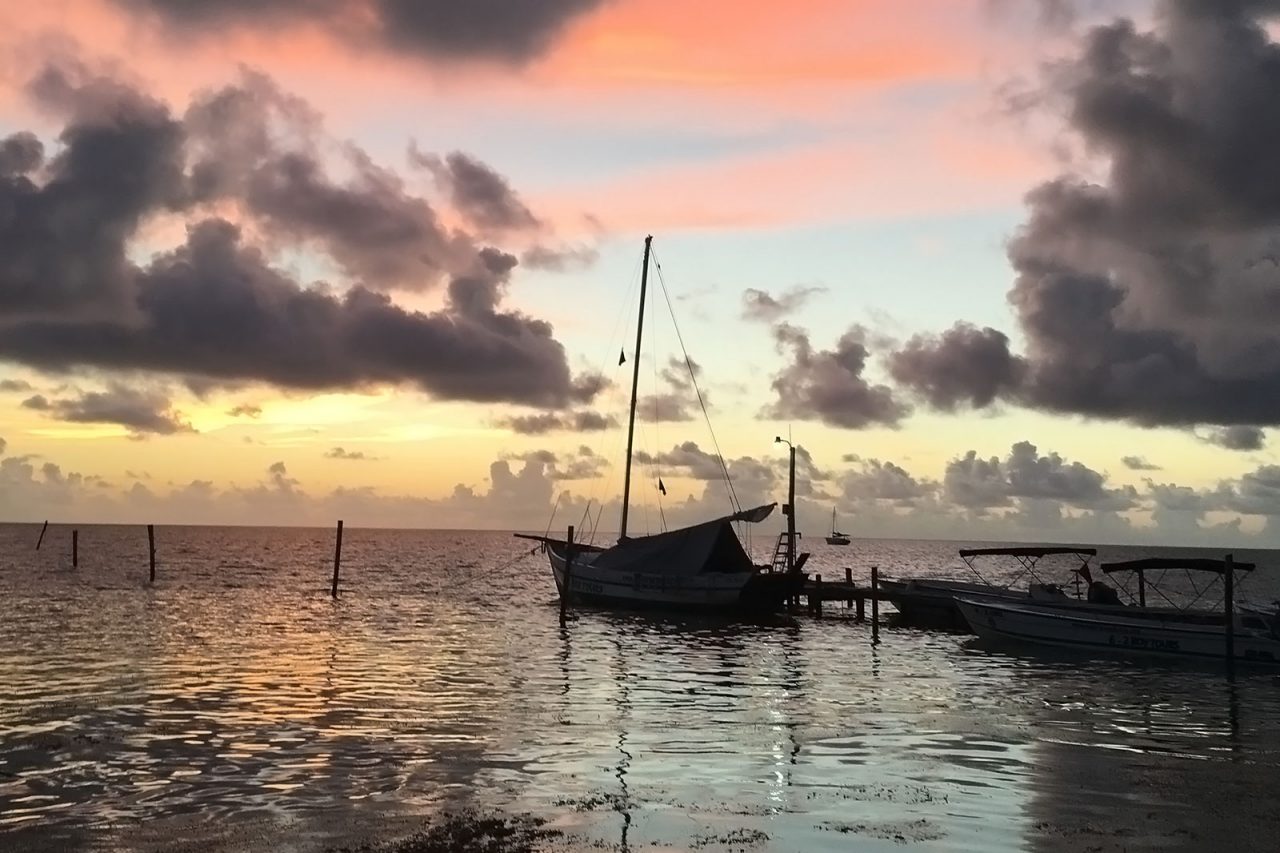
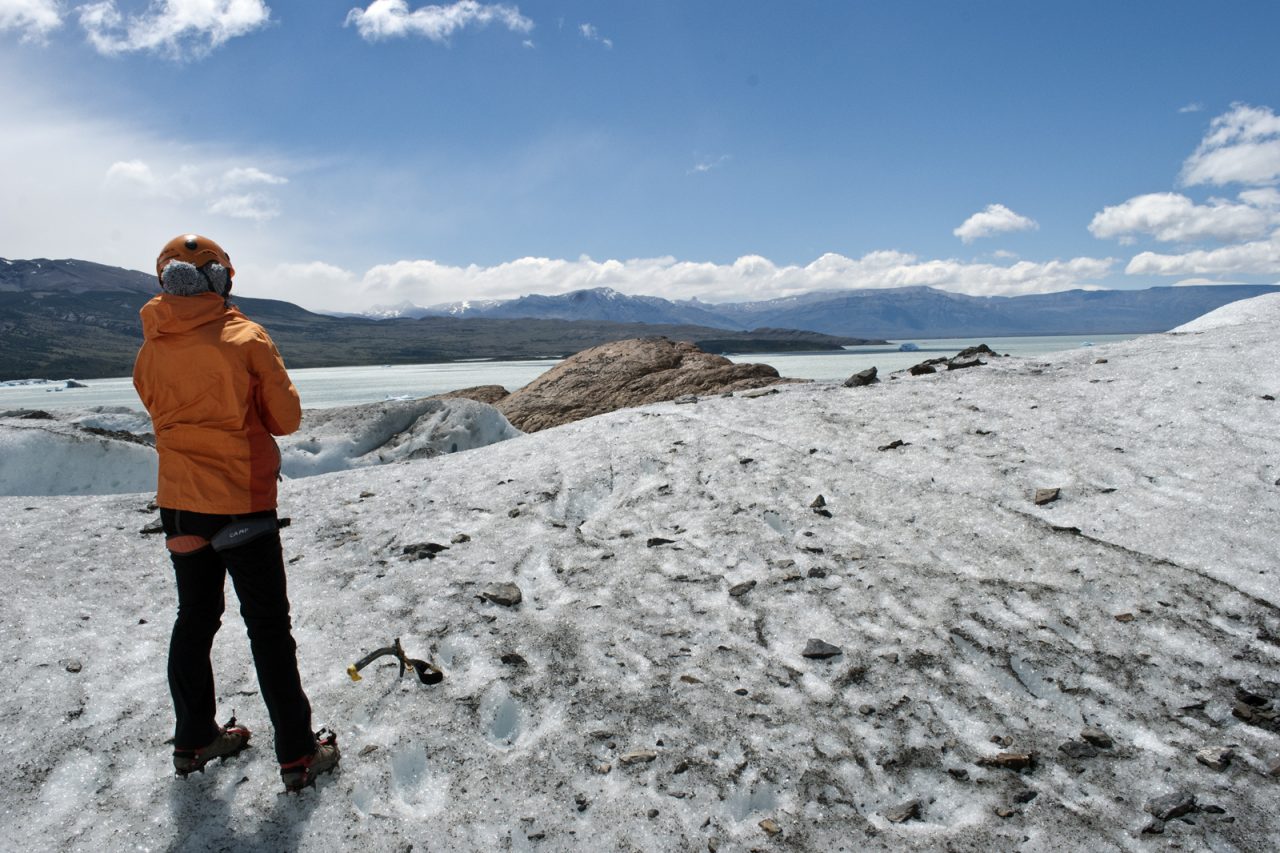
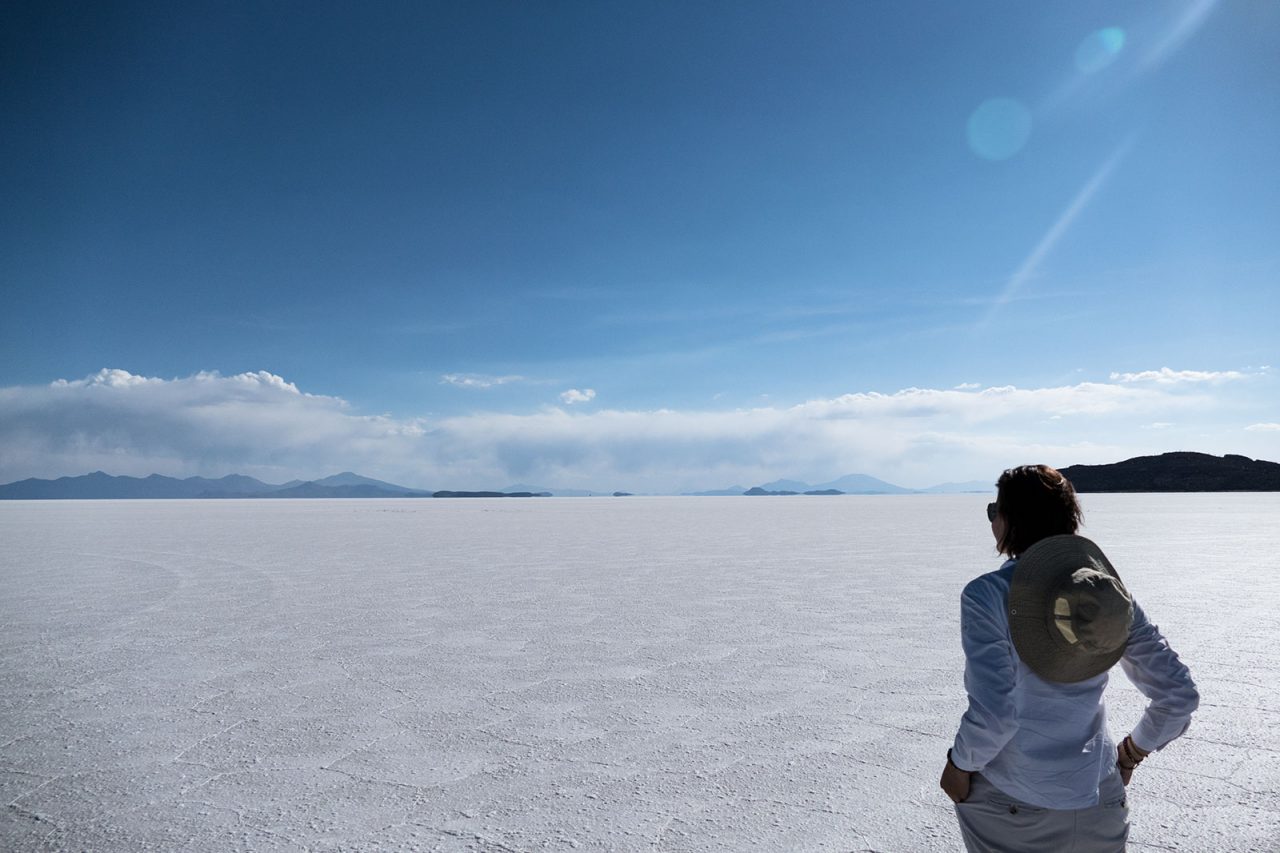
Comment